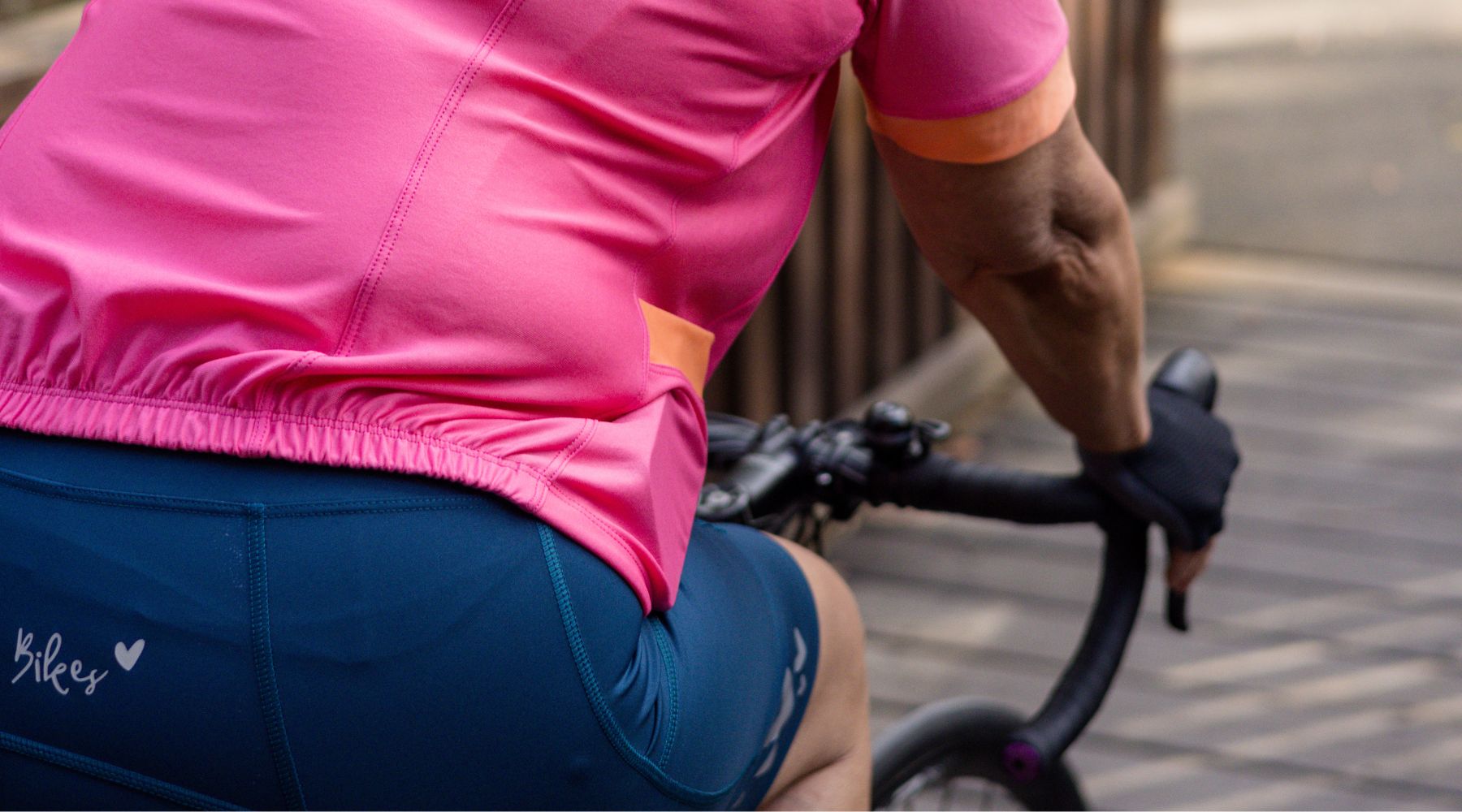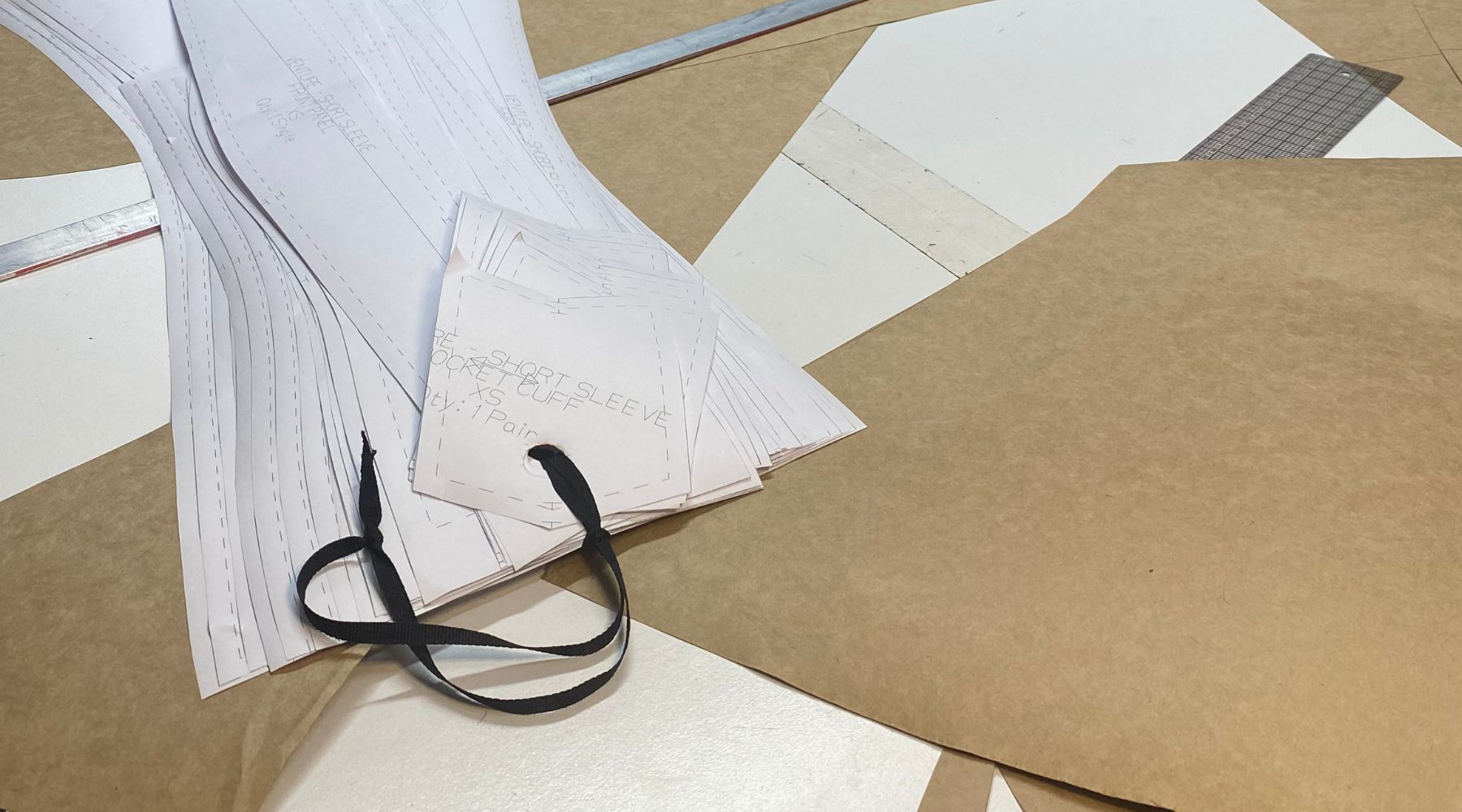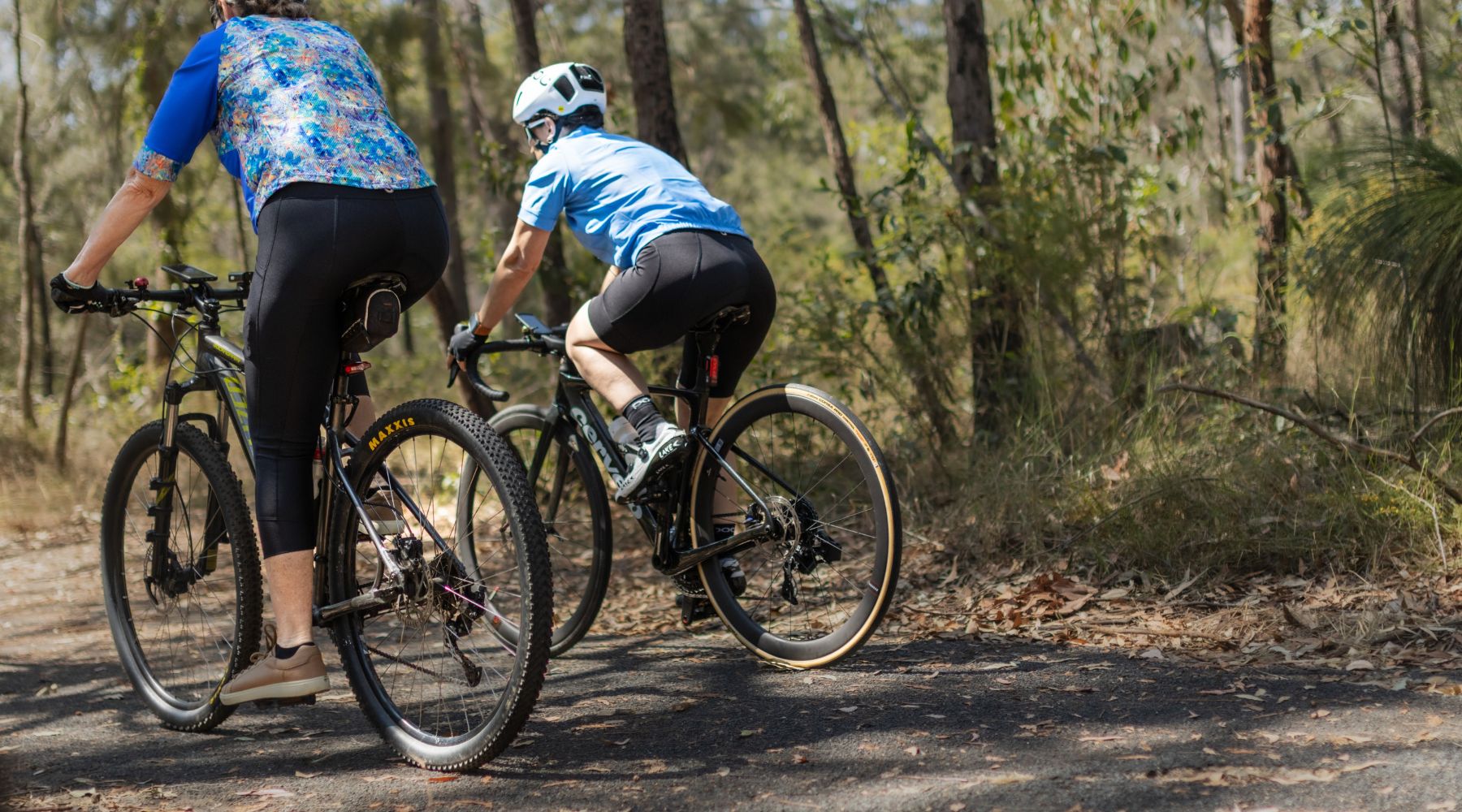
How To Layer Up For Winter Cycling
Ride through winter — with these essential biking layers.
Summer may be the best time to bike because there are so many beautiful routes and scenic places outdoors. Winter biking also has its own charm, though—the chance to really appreciate every single detail on a cold windy hill or cloudy day while others huddle at home by their fireplaces.
The first rule of cold-weather riding is to dress in layers using the right fabrics.
Cotton might feel nice, but it sucks up moisture and retains that heat - no good if you're trying to stay warm! Opt instead for one of the many high-performance products available that are made specifically with winter conditions in mind.
The trick to dressing for winter cycling is having multiple layers. Cycling speeds up your metabolism and warms you up, so it's important to have outfits that can be changed out easily when this happens. Dressing in three or four layers on the upper half of your body is advisable; pants or tights work well with two-three pairs of socks.
The Base Layer.
Base layers are the foundation of your layered clobber.
A breathable layer that's worn next to the skin and comes in different thicknesses. On a warmer day, a thin base layer will wick sweat away from your core while still trapping heat near your body so you don't get too cold; on a colder day, it'll trap warmth against your body for added protection.
Base layers come in different fabrics – merino wool being very common - blended with synthetic materials such as nylon, polyester, polypropylene, and Lycra to create desired properties.
Cycling base layers should fit snugly against the skin for optimal performance. Moisture retention and comfort are both improved if the fabric sits tight against the body. Bunching can also be prevented if it is worn under other clothes - resulting in less discomfort throughout your day.
The Jersey.
A jersey is the next line of defence against cold winds and rain - but picking out one may feel confusing.
Jersey choice depends on your specific riding conditions and style, with plenty of options for different materials or thicknesses, not to mention sleeve lengths. Jerseys are tailored to sit comfortably on top of a rider's body - providing protection without hindering them when they ride downhill. They come in all sorts of styles depending on what you need it for - think about what type of cycling you plan to do most before buying one!
The Jacket.
There are two different kinds of jackets for cyclists, waterproof and windproof.
Windproof jackets are a thin outer layer made from water-resistant material that offers protection against wind and rain in most weather conditions—this includes being easy to pack away when stuffed into your jersey pockets. Thin waterproof jackets meanwhile work well on cold days; you can wear them while cycling before adding layers if needed or taking them off when feeling too hot or starting to climb up hills. These really come in handy when the weather turns bad - because they'll protect against both rain and snow!
The Pants.
If you're looking to stay active during wintertime, good quality tights or bibs tights are sure to keep you warm and dry.
And if your knees or other joints tend to hurt from time-to-time, using these items helps reduce the effects of cold weather, making it easier for those people - like me - to stay outside long enough!
Our greatest body heat loss happens when our extremities come in contact with the elements.
A skull cap, headband, or similar buff-style tube will help keep you nice and cozy while riding; tuck these up in your pocket when it's warmer out so they're ready for when its colder. Hands and feet need protection too! Your hands are always exposed to the cold air first, which means selecting a good pair of gloves is critical - there are windproof and waterproof ones available depending on what your needs may be.
To avoid cold feet when cycling, overshoes are an excellent idea. For riders who spend most of their time off-road, waterproof/insulated socks or winter shoes provide a more durable alternative. Now that you're all bundled up, it's time to head out.
Now that you're all bundled up, it's time to head out.




1 comment
Hello there,
I love your bibs! Wear them all the time. But I’m now looking waterproof jackets. Do you range these? And could you please explain to me what we do for bibs in the rain. Do we wear waterproof or just get wet lol.
Thank you for all you do!!.
Don’t stop 😊
Kirstin
Kirstin Cross
Leave a comment
This site is protected by hCaptcha and the hCaptcha Privacy Policy and Terms of Service apply.